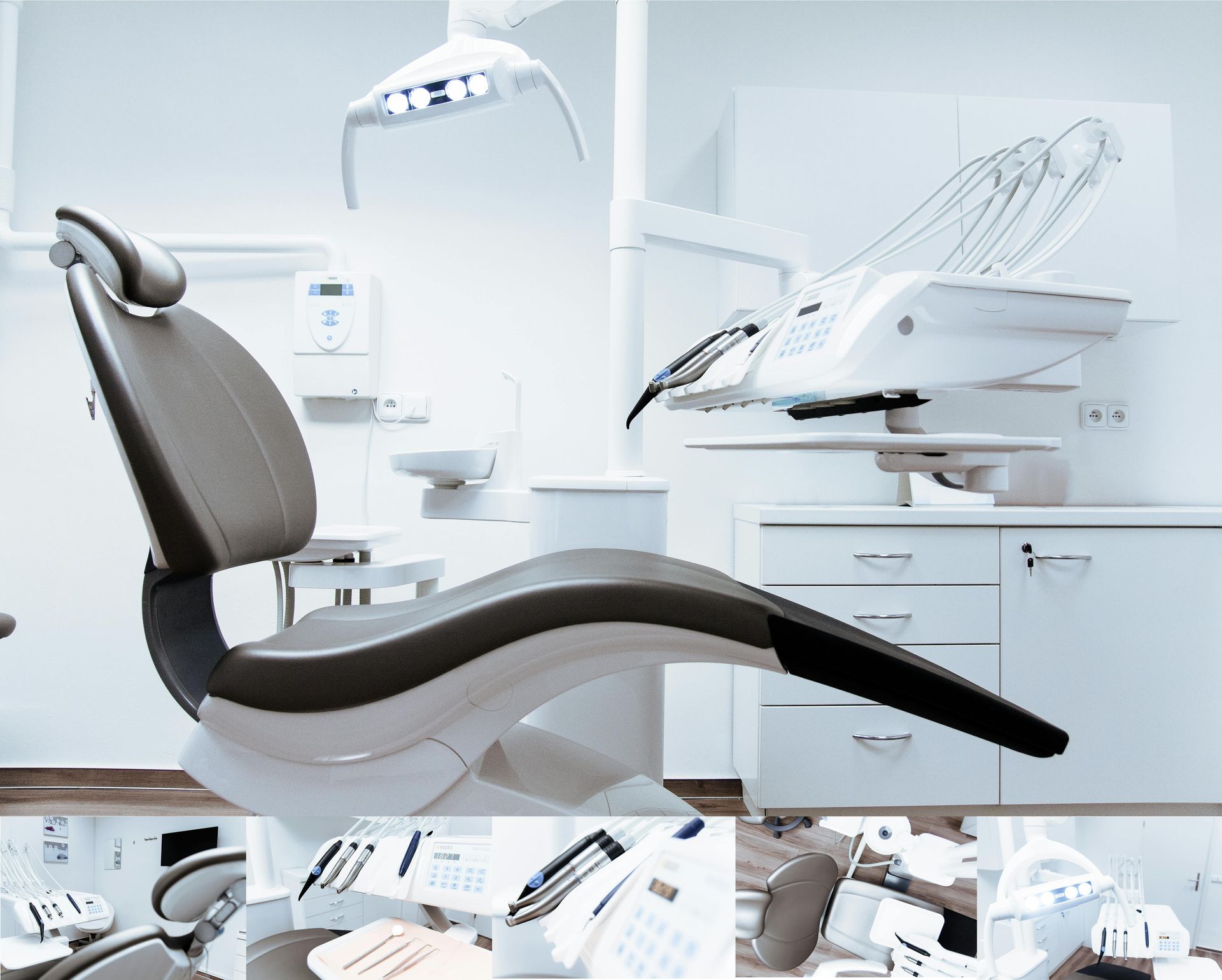treatment solutions
for All Ages


early treatment
Early orthodontic treatment, also called Interceptive Orthodontics can be started as early as 3 years old. It is to detect and correct potential dental problems while your child’s mouth and jaws are developing. These treatments can include space maintainers or short term treatment with plates or sectional braces.

how it works
Orthodontic appliances can be made of metal, ceramic, or plastic. They may be removable or they may be brackets bonded to the teeth. By placing a constant, gentle force in a carefully controlled direction, braces slowly move teeth to a corrected position. This is a great time to wear braces!
Gone are the days when a metal band with a bracket was placed around each tooth. You can choose brackets that are clear or metallic. You can choose the colour of the ties that hold the wire in brackets. Wires are also less noticeable than they used to be and the latest materials move teeth faster with less discomfort to patients.
Now aligners are another option available for minor to moderate problems. Clear plastic aligners are worn daily to gradually position teeth into the desired position.
Frequently Asked Questions About Orthodontic Treatments
At Hill Road Orthodontics, we understand that choosing the right orthodontic treatment can be a big decision. Here, we answer some common questions to help you make an informed choice.
A reason for you to smile!

When to begin?
Though an orthodontist can enhance a smile at any age, there is an optimal time period to begin treatment. Beginning treatment at this time ensures the greatest result and the least amount of time and expense.
The New Zealand Association of Orthodontists recommends that the initial orthodontic evaluation occur at the first sign of orthodontic problems or no later than age 7. At this early age, orthodontic treatment may not be necessary, but vigilant examination can anticipate the most advantageous time to begin treatment.
What are the benefits of early orthodontic evaluation?
Early evaluation provides both timely detection of problems and greater opportunity for more effective treatment. Prudent intervention guides growth and development, preventing serious problems later. When orthodontic intervention is not necessary, an orthodontist can carefully monitor growth and development and begin treatment when it is ideal.
Why is age 7 considered the optimal time for screening?
By age 7, the first adult molars erupt, establishing the back bite. During this time, an orthodontist can evaluate front-to-back and side-to-side tooth relationships. For example, the presence of erupting incisors can indicate possible overbite, open bite, crowding or gummy smiles. Timely screening increases the chances for an incredible smile.
What are some of the most direct results of interceptive treatment?
- creating room for crowded, erupting teeth
- creating facial symmetry by influencing jaw growth
- reducing the risk of trauma to protruding front teeth
- preserving space for unerupted teeth
- reducing the need for tooth removal
- reducing treatment time with braces
Are you a candidate for orthodontic treatment?
Orthodontics is not merely for improving the aesthetics of the smile; orthodontic treatment improves bad bites (malocclusions). Malocclusions occur as a result of tooth or jaw misalignment. Malocclusions affect the way you smile, chew, clean your teeth or feel about your smile.
Why should malocclusions be treated?
According to studies by the American Association of Orthodontists, untreated malocclusions can result in a variety of problems. Crowded teeth are more difficult to properly brush and floss, which may contribute to tooth decay and/or gum disease.
Protruding teeth are more susceptible to accidental chipping. Cross-bites can result in unfavourable growth and uneven tooth wear. Open-bites can result in tongue-thrusting habits and speech impediments. Ultimately, orthodontics does more than make a pretty smile - it creates a healthier you.
